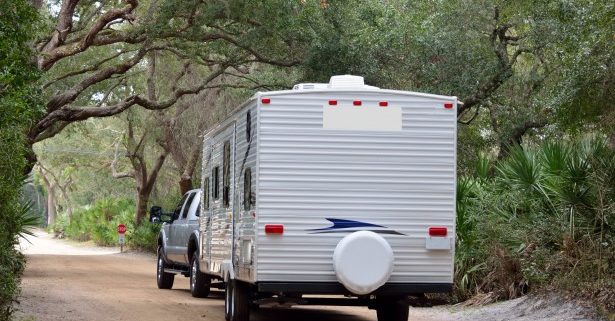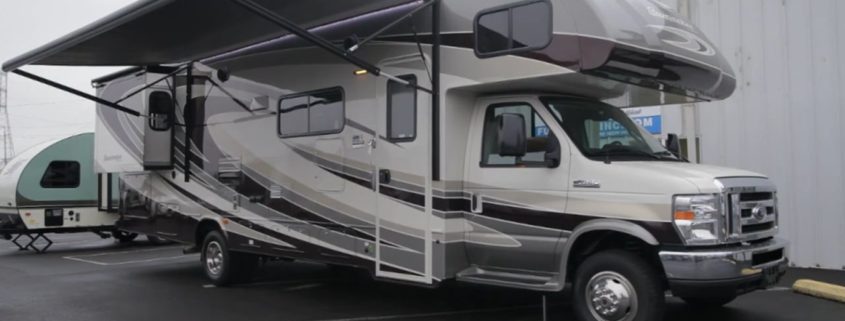How to Create a Bare-Bones Retirement Budget that Works
6 Tips for Retiring on a Bare-Bones Budget
Never allow so-called financial experts frighten you. Always remember, it’s in their interest to convince you to save a lot more than you actually need, then hand in your nest egg for them to manage so each year they are able to skim off 1 or 2 percent of your assets for a profit.
It is possible to retire on much less than some people want you to believe. If perhaps you’re thinking about retiring on a bare-bones budget, take a look at these strategies:
Assess where you stand
The very first thing to do is add up all your assets and debts. Ideally, when you’re thinking of retirement, you have more assets compared to debts. Your mortgage might be paid off or almost so, and you really should no longer have any student loans. This point is not the time to take on new debt. In case your car is getting older and you can manage to pay for another one, go ahead and get it, however, if you must take out a huge loan, it’s better to keep the old car and fix it.
Downsize your housing
Your children are matured. You don’t need to have three or four bedrooms any longer. Many people hang on to the old place unnecessarily, sometimes your children might want to move in after college or need to come back to the house after a divorce. However these are “what ifs,” If your retirement budget is minimal, then take the step and move to a smaller sized place, in a more affordable neighborhood with lesser taxes, less maintenance, and lesser utility bills.
Share and share alike
If you are single, consider sharing a home with a friend or family member. A lot of older houses have mother-in-law suites and some modern construction provides two master bedrooms. Two can live less costly than one and this set up gives you some companionship on top.
Search out free entertainment
If you need to cruise the Mediterranean on a first-class ship, you would probably need 100 percent of your pre-retirement income. But the majority of people don’t do that. Your town or city most likely offers a great deal of entertainment options like free summer concerts, fall festivals, and workout classes for seniors in the winter. Look into your library for free seminars, book clubs, movies, and lectures. Your church, veterans association or political group might offer a lot of worthwhile activities for your leisure, all at a minimal cost.
Stop subsidizing your kids’ lifestyles
Great parents offer their children roots and wings—roots to grasp where home is and wings to take a flight off and practice what has been taught to them. It is usually difficult to say no to your kids. But you have already given them roots. So now it’s time for wings. They should find their own apartment and learn how to live on their own.
Take advantage of senior citizen discounts
Think about joining the AARP for discounts in addition to supplemental medical insurance. Make a trip to town hall and check out real estate tax breaks and other senior citizen special discounts. While you’re there, take a look at free or low-cost programs the town might offer senior citizens such as free transportation, inexpensive meals, and health care services. A lot of municipalities offer programs that are underutilized just because people don’t know about them, and are uncomfortable to ask.






